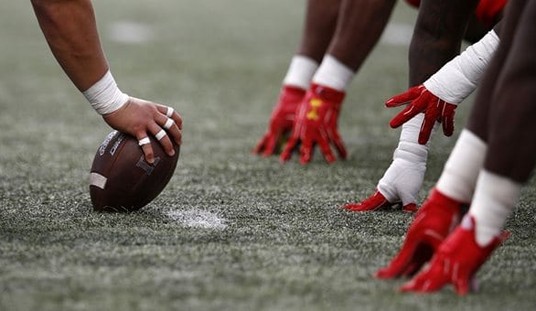
Two time Olympic gold medalist Caster Semenya, who is cisgender, lost her appeal of the International Association of Athletics Federation’s (IAAF) regulations governing “athletes with differences of sex development,” or DSD athletes. On Wednesday, the Court of Arbitration for Sports (CAS) ruled against the 28-year-old South African runner. The new regulations require that a female athlete’s level of testosterone must not exceed a certain level.
For Semenya, this ruling means she will be forced to take testosterone suppressants if she wishes to compete in races between 400m and a mile.
Semenya’s body naturally produces higher levels of testosterone than the IAAF has “deemed typical of cisgender women.” This condition is called hyperandrogenism. An “excess of testosterone has been found to increase muscle mass within females and cause increased strength, stamina and physical energy.”
This condition puts Semenya into the category of DSD athletes, which the IAAF has tried to address with their new regulations. The IAAF commissioned a study two years ago which concluded that “female athletes with elevated testosterone had “a competitive advantage,” claiming that high testosterone was responsible for as much as a 3% improvement in a runner’s performance.
The new IAAF regulations are scheduled to go into effect on May 8th. CNN reports:
Under the IAAF’s policy, all DSD athletes, who are usually born with testes, would have to reduce their blood testosterone levels to below five nmol/L for a continuous period of at least six months, and maintain those levels continuously for the rest of their athletic career, if they want to compete internationally at middle-distance events.
NBC News’ Chase Strangio wrote that “many people reacting to the decision have mischaracterized Semenya’s identity, calling her transgender (she is not) or male (she is not). She is a non-transgender woman who produces more testosterone than some percentage of other non-transgender women.”
Semenya’s dilemna is certainly a difficult one. Semenya is not a transgender. Nor has she taken strength enhancing drugs. Yet her naturally elevated levels of testosterone give her an advantage over most of her peers. But is that necessarily unfair? I wouldn’t be surprised if many other top female athletes had the same condition. Consider the strength of tennis champions Serena Williams or Billie Jean King.
Why is Tom Brady one of the football players in the NFL? And LeBron James the best basketball player? Why was Babe Ruth able to hit so many home runs? No one ever suggested they had an unfair advantage.
Between the increasing number of transgenders interested in competing in women’s sports and the widespread use of performance enhancing drugs among athletes, these are complicated times indeed for athletic commissions. But forcing a young woman to take hormone suppressants to diminish her strength and therefore, level the playing field, doesn’t feel right to me.
I’ll bet this wasn’t an easy decision for the CAS to make. Their spokesman looked apologetic as he stepped outside to make his announcement.
In a prepared statement, he said the panel was unable to establish that the DSD regulations were “invalid,” as Semenya’s attorneys had argued. He also said that, although the policy was discriminatory to athletes with DSD, CAS believes that “such discrimination is a necessary, reasonable and proportionate means of achieving the IAAF’s aim of preserving the integrity of female athletics in the Restricted Events.”
Semenya has the right to appeal the CAS decision to the Swiss Federal Tribunal within 30 days.












Join the conversation as a VIP Member